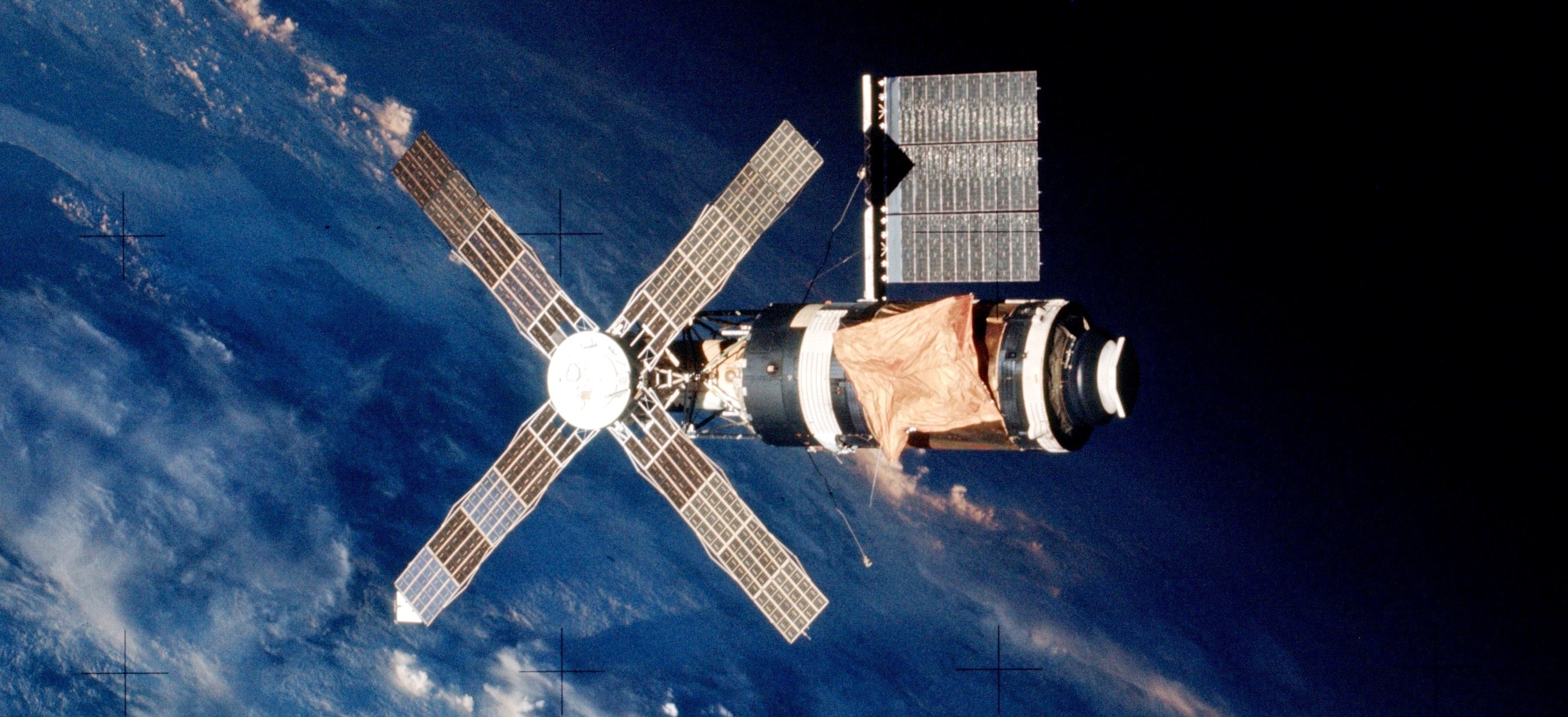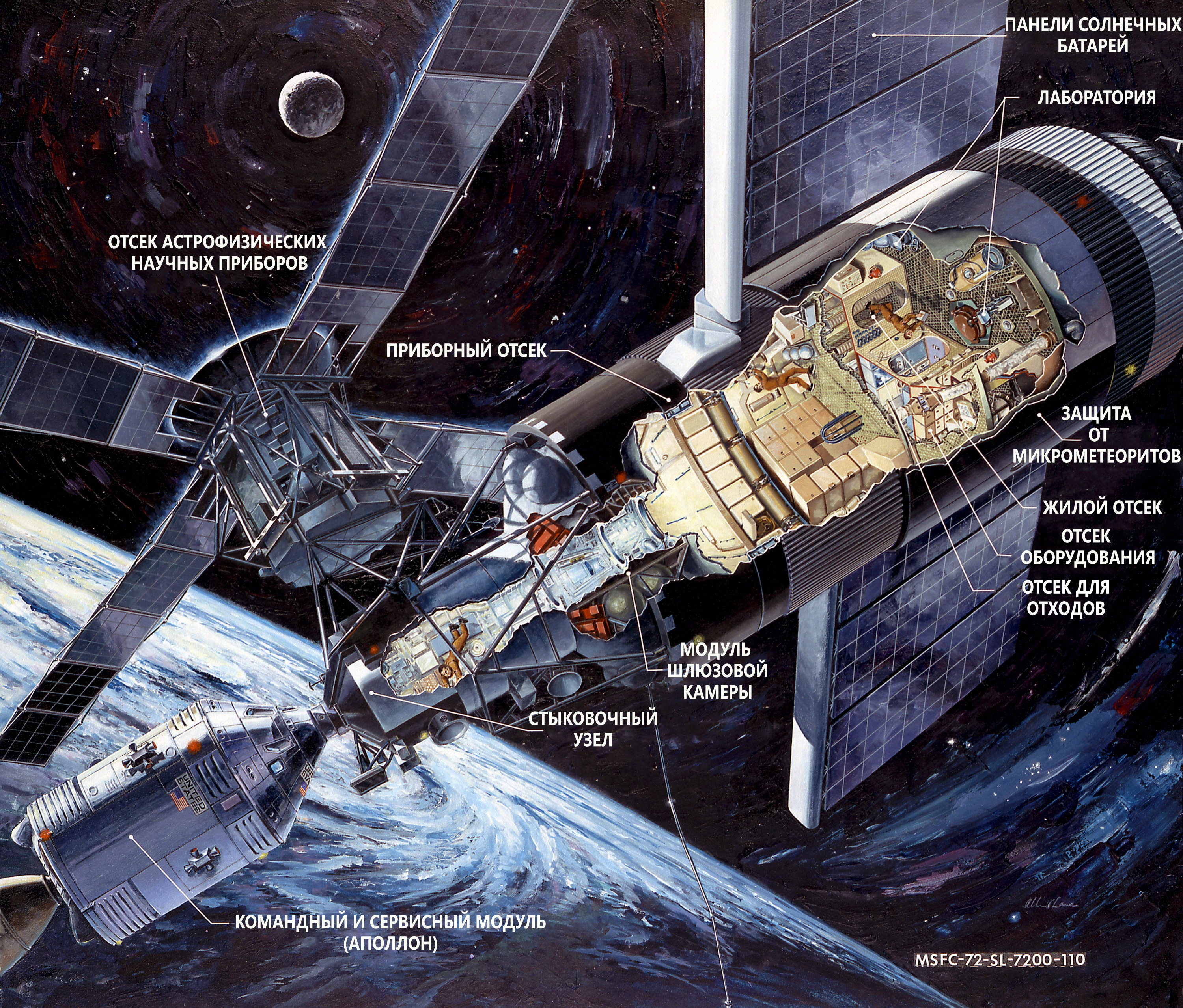A private company proposes to implement the idea of NASA 60s of the last century to create "free" orbital stations

Scientists often offer ideas that are decades ahead of their time. Sometimes these ideas are remembered, and over time they are implemented, sometimes - they are forgotten. It also happens that the idea proposed by someone for a long time is found and again allowed to work. One example is a project based on the design of NASA engineers, which originated more than 60 years ago. Now he plans to implement a private company NanoRacks.
This is a plan developed by Werner von Braun and colleagues. This plan is to launch two Saturn-1B missiles with a difference of one day. One rocket will be manned, the other will not. As soon as both rockets go into orbit, the astronauts begin work on converting the S-IVB stage to the first of the launched rockets into a habitable module. This was planned to be done by installing life support systems in an empty hydrogen tank.
Initially, the tank was really going to be filled with fuel, in order to help the rocket reach the orbit. But after a while, engineers recognized that it would be difficult to make such a tank suitable for astronauts already in place, so they decided to modify the upper stage of the rocket on the launch pad, launching it without fuel. This plan was first tried to be implemented as a Skylab project. Then the module itself was sent into orbit, plus three expeditions. It was made in the early 70s. The design was thought out well. The upper stage casing was covered with thermal insulation, in the upper part of the casing an equipment compartment was installed, as well as a lock chamber with main and backup side docking stations. Such a module was loaded with everything necessary for astronauts on Earth. In particular, 907 kg of food and 2722 kg of water were sent to space.

Skylab orbital station design
In general, the station was visited by three expeditions, the latter ended on February 8, 1974, then, by the way, the astronauts first met the New Year in orbit. The project can be considered successful, because then many interesting experiments were carried out, which added substantial capital to the treasury of scientific knowledge. On July 11, 1979, the station entered the atmosphere, where it burned down (unburned debris fell in western Australia).
What now?
A group of American private companies are proposing to try again to put the original plan into action, changing it somewhat. Now we are considering the option of working with a booster rocket, which will already be modified in orbit, transformed into a habitable module. Various changes have been made to the plan - the engineers of one of the companies, NanoRacks, are going to work not with the first, but with the second-stage missiles built by the United Launch Alliance . Another company, Space Systems Loral, plans to equip the stage with robotic installations. Both companies signed an agreement with NASA worth $ 10 million. So far it is only a question of verifying the performance of the idea itself.
According to the authors of the updated idea, it allows you to abandon the creation of modules for an orbital station on Earth with sending them in parts to space. It is much easier to form everything entirely, transforming an already completed module in orbit.

Centaur booster block used in Atlas V missiles
As a basis for creating modules, it is proposed to take written off accelerating blocks Centaurus , which were used to launch Atlas V rockets. The Centaurus is the first upper stage that uses cryogenic components of the fuel — liquid oxygen and liquid hydrogen (LH2 / LOX). By the way, the idea of transforming the fuel tanks of rocket stages into habitable modules of orbital stations has been criticized by many experts. But they also criticized (and criticize) Mask with his plans, and yet in his case most of the proposals so far turn out to be quite real.
If everything works out, then mankind will have a good chance to create orbital stations, the cost of which, compared to the cost of creating the same ISS, tends to zero. The implementation of the proposed plan is not an easy task, but I would like its authors to succeed.
All Articles